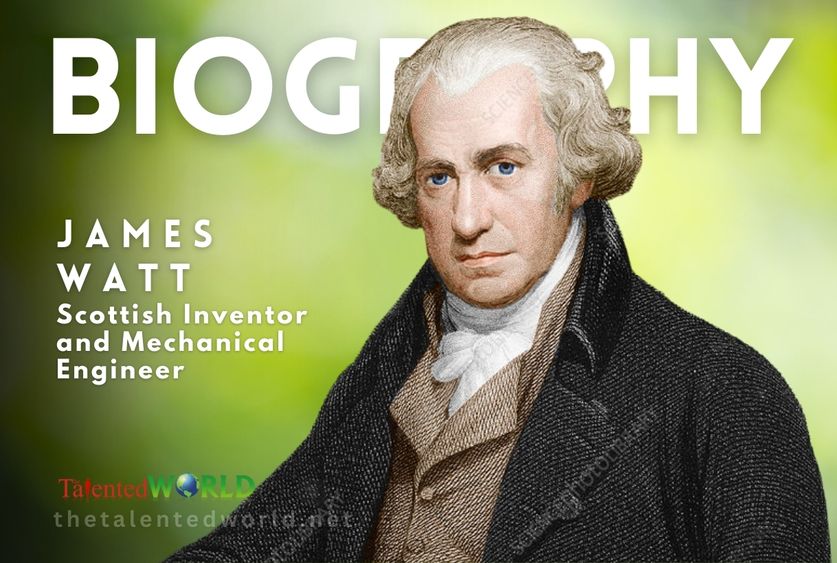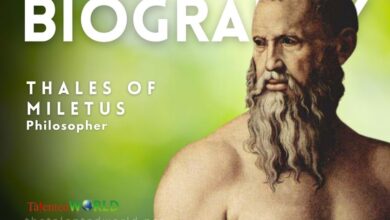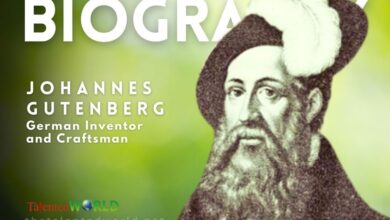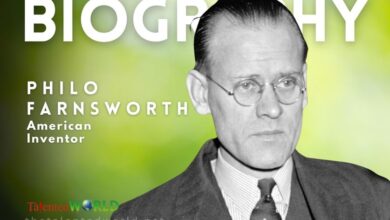| Full Name | James Watt |
| Date of Birth | January 19, 1736 |
| Place of Birth | Greenock, Renfrewshire, Scotland |
| Date of Death | August 25, 1819 |
| Known For | Inventing the Watt steam engine, Watt’s linkage, Watt’s curve, separate condenser, centrifugal governor, horsepower, indicator diagram, letter copying press, sun and planet gear |
| Spouses | Margaret Miller (m. 1764–1773), Anne McGrigor (m. 1776) |
| Children | 4 |
| Field of Work | Mechanical engineering |
| Institutions | University of Glasgow, Boulton and Watt |
| Notable Contributions | Revolutionizing steam engine technology with the invention of the Watt steam engine, development of the concept of horsepower |
| SI Unit Named After Him | The watt, the SI unit of power, was named after him |
| Early Life and Education | Born into a family involved in shipbuilding and trading, showed aptitude for mathematics from a young age, suffered from ill-health as a child |






